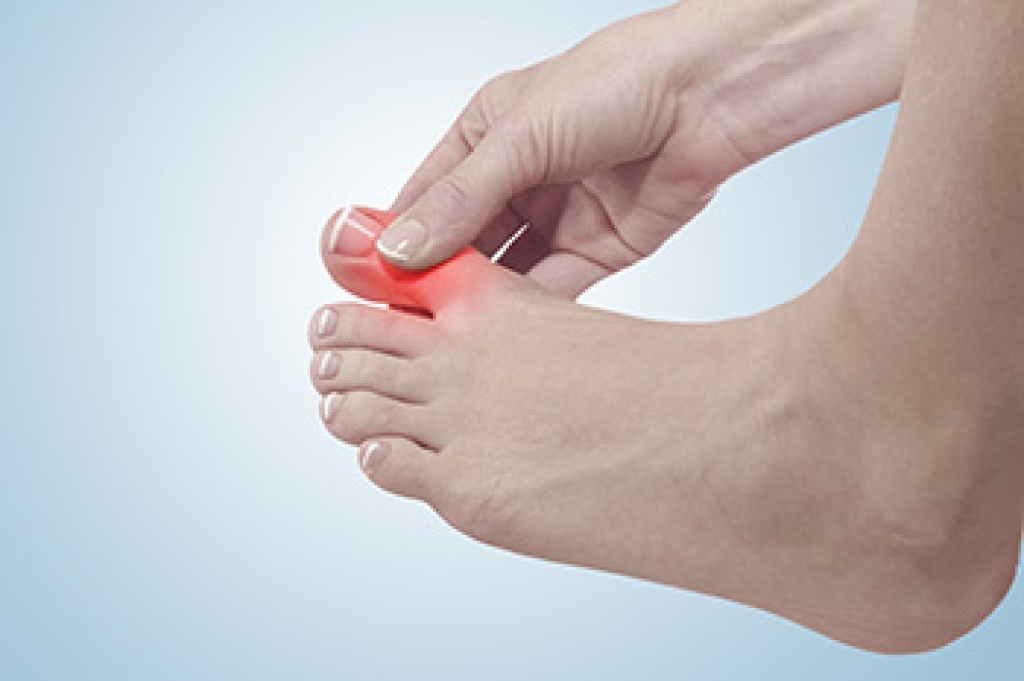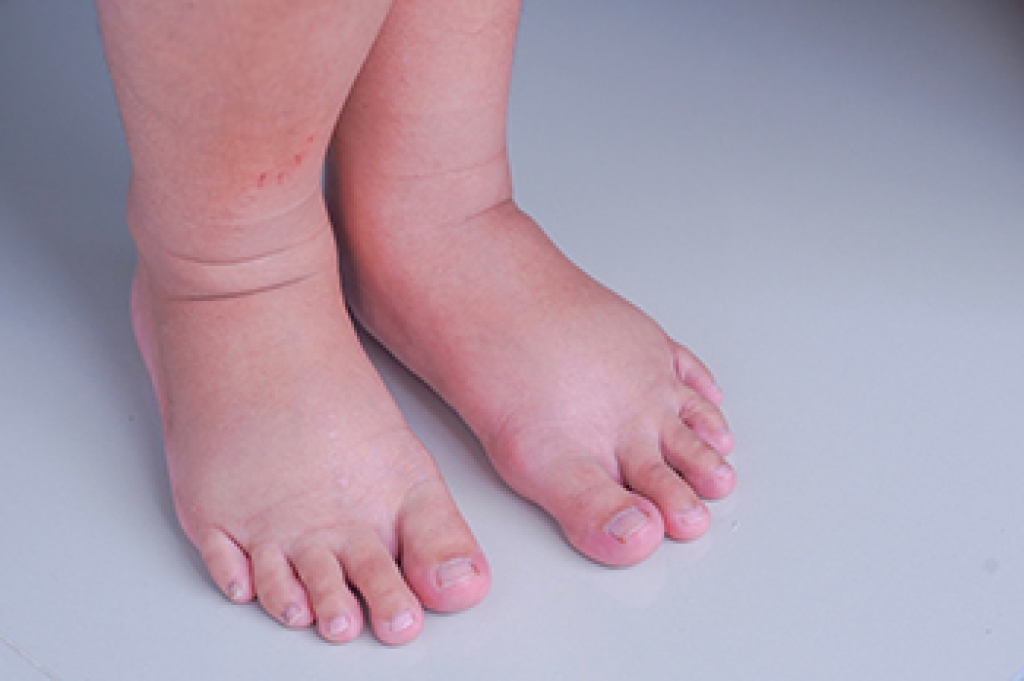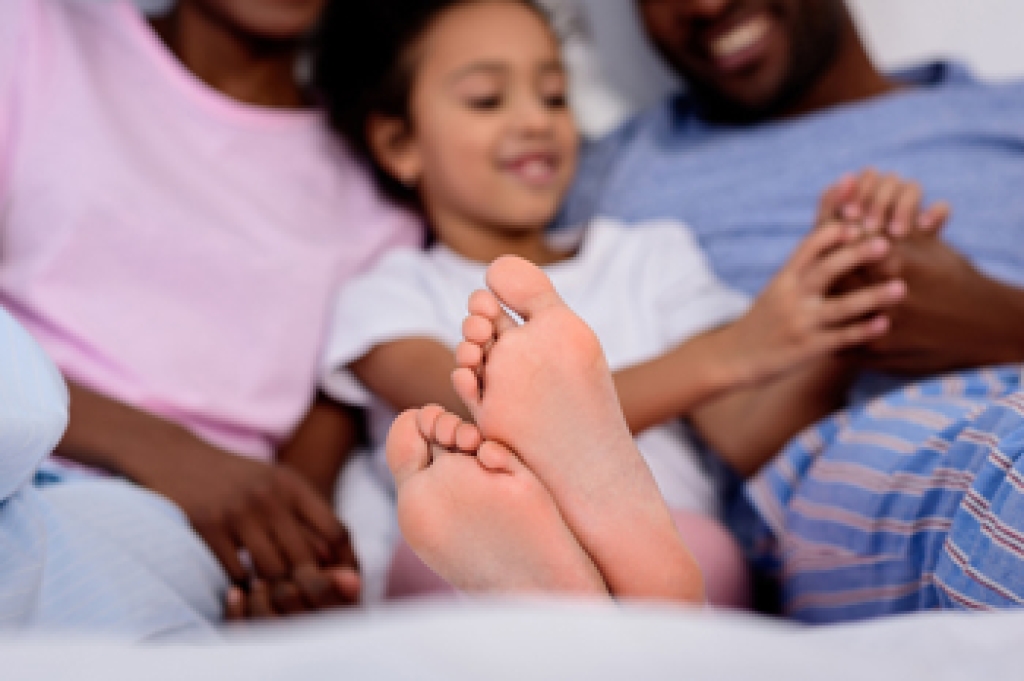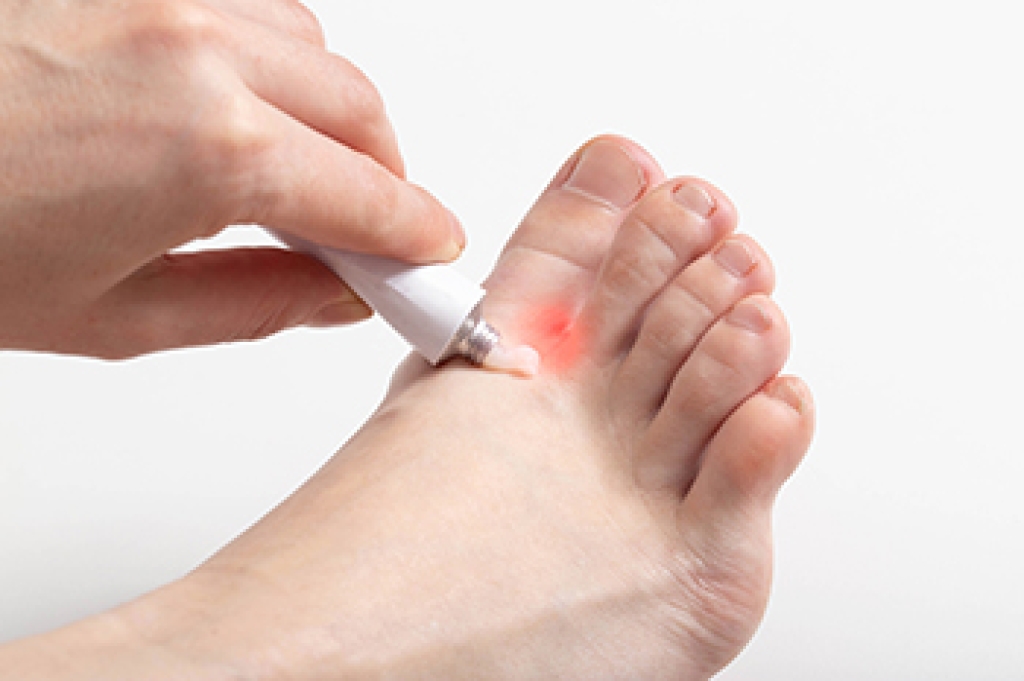
Although it is rarely given much attention, the big toe plays an important role in carrying out many of our daily activities. The big toe joint, also known as the metatarsophalangeal (MTP) joint, connects the big toe to the foot, and supports the body with every step you take. When it is injured or sore, it can impede the ability to walk. Major causes of MTP joint pain are osteoarthritis, gout, bunions, injuries, and sesamoiditis. Osteoarthritis in the big toe causes the joint to become inflamed. The cartilage that connects the bones wears away, causing pain, tenderness, and swelling as the bones rub together. Gout is another form of arthritis, caused by uric acid crystals that often build up within the big toe joint. Intense pain, redness, and swelling are symptoms during a flare up. Big toe sprains and fractures cause pain, swelling, and bruising with any weight bearing activity. In the case of a fracture, please get immediate medical help. A bunion is a bone malformation of the big toe joint, often caused by wearing shoes that are tight around the toes. The top of the big toe moves toward the second toe, while the base of the toe bone shifts outward to form a bump. Bunions can be extremely painful, in addition to changing your gait and causing further problems in the feet. Sesamoiditis is an inflammation of two tiny bones wrapped within tendons at the base of the MTP joint. If you have any of the conditions, please consult a podiatrist for an exam, diagnosis, and treatment plan.
Toe pain can disrupt your daily activities. If you have any concerns, contact Scott Samera, DPM of Samera / Foot + Ankle. Our doctor can provide the care you need to keep you pain-free and on your feet.
What Causes Toe Pain?
Most severe toe pain is caused due to a sports injury, trauma from dropping something heavy on the toe, or bumping into something rigid. Other problems can develop over time for various reasons.
Toe pain can be caused by one or more ailments. The most common include:
- Trauma
- Sports injury
- Wearing shoes that are too tight
- Arthritis
- Gout
- Corns and calluses
- Hammertoe
- Bunions
- Blisters
- Ingrown toenails
- Sprains
- Fractures (broken bones)
- Dislocations
When to See a Podiatrist
- Severe pain
- Persistent pain that lasts more than a week
- Signs of infection
- Continued swelling
- Pain that prevents walking
Diagnosis
In many cases the cause of toe pain is obvious, but in others, a podiatrist may want to use more advanced methods to determine the problem. These can range from simple visual inspections and sensation tests to X-rays and MRI scans. Prior medical history, family medical history, and any recent physical traumatic events will all be taken into consideration for a proper diagnosis.
Treatment
Treatments for toe pain and injuries vary and may include shoe inserts, padding, taping, medicines, injections, and in some cases, surgery. If you believe that you have broken a toe, please see a podiatrist as soon as possible.
If you have any questions please contact our office located in Lake City and Branford, FL . We offer the newest diagnostic and treatment technologies for all your foot and ankle needs.








